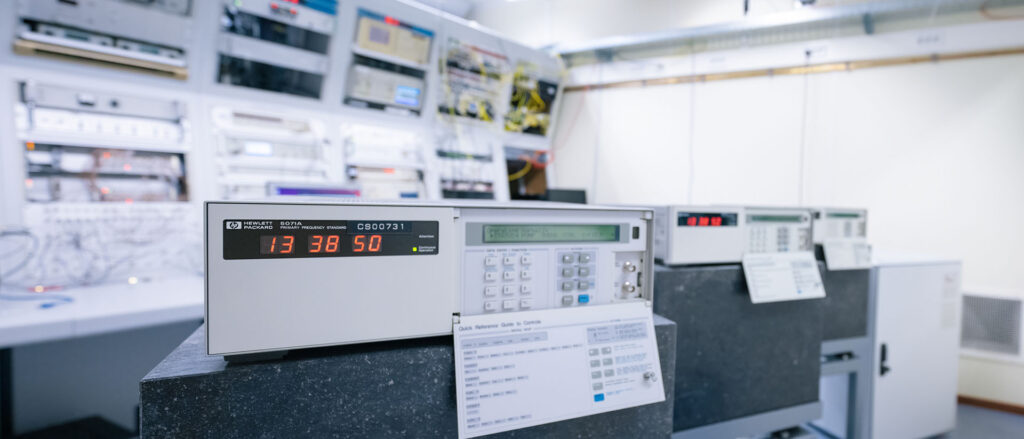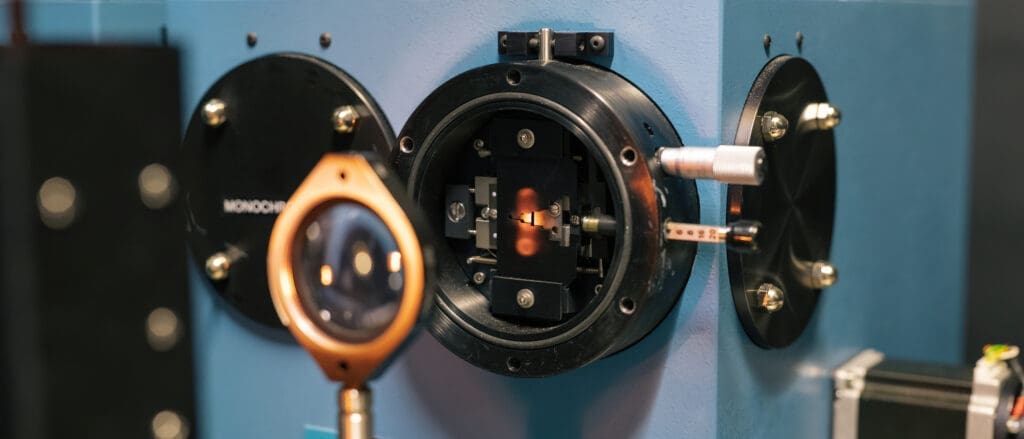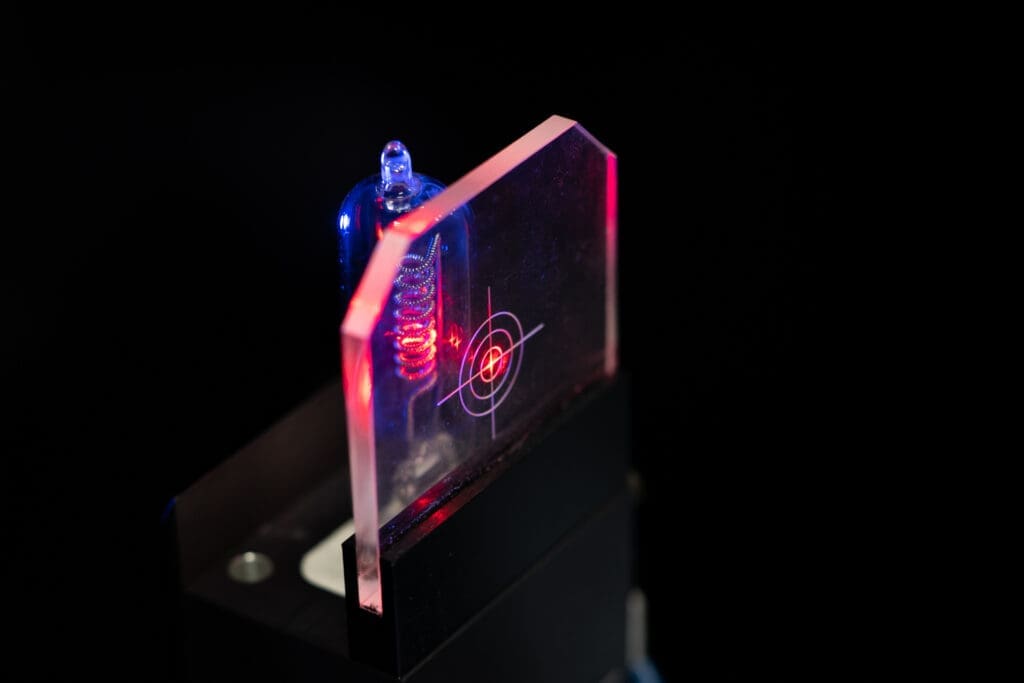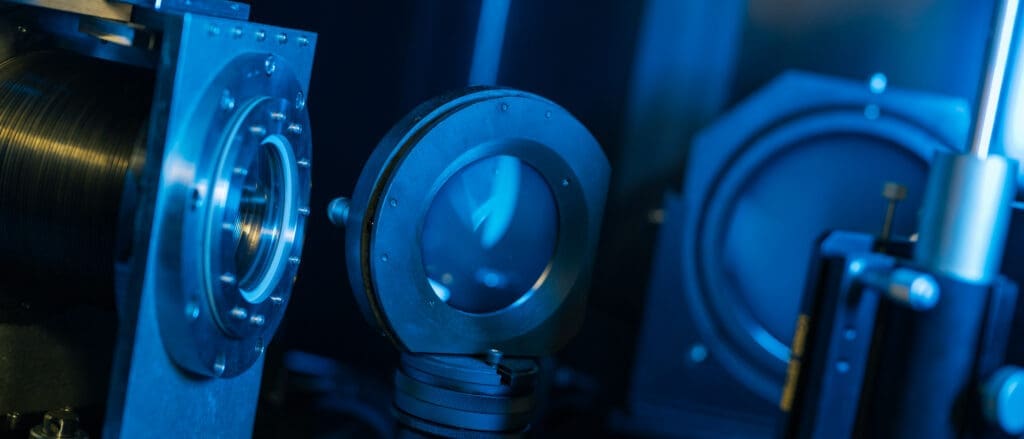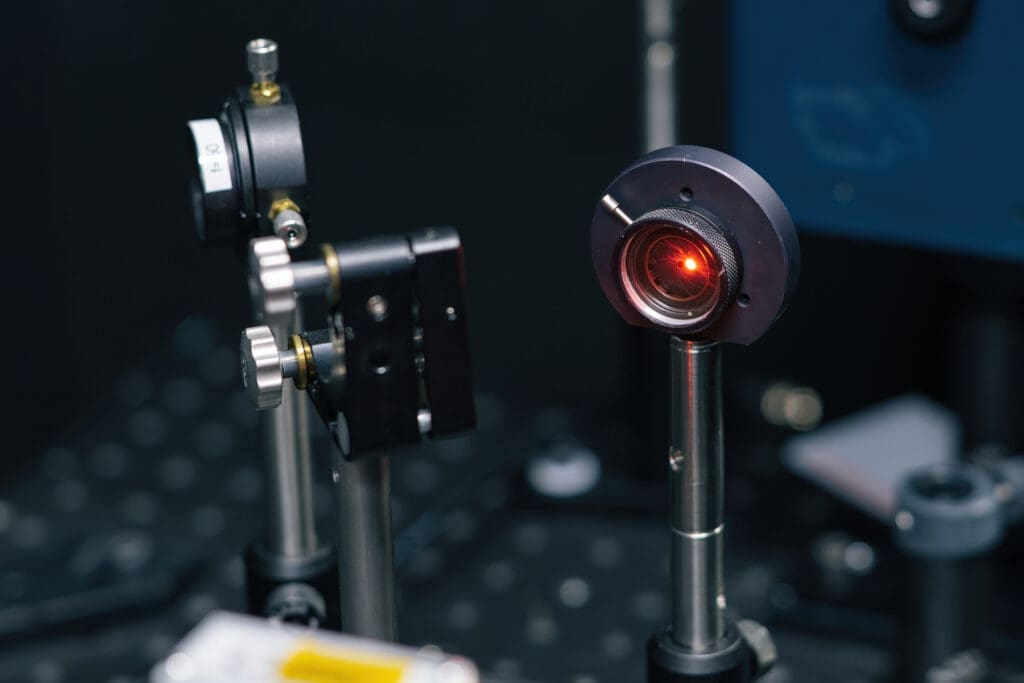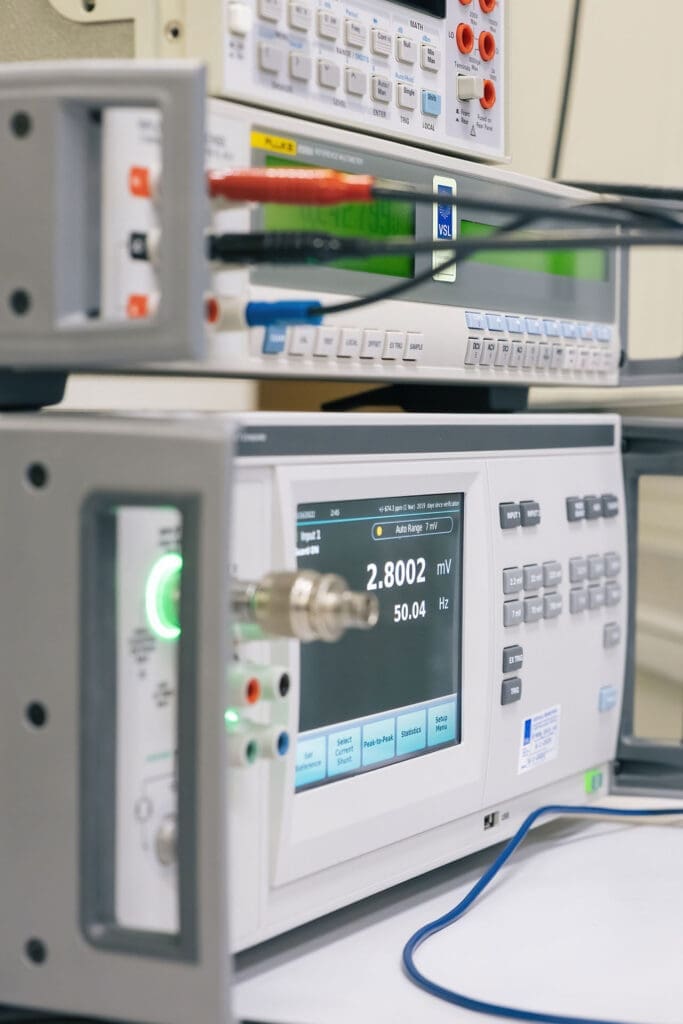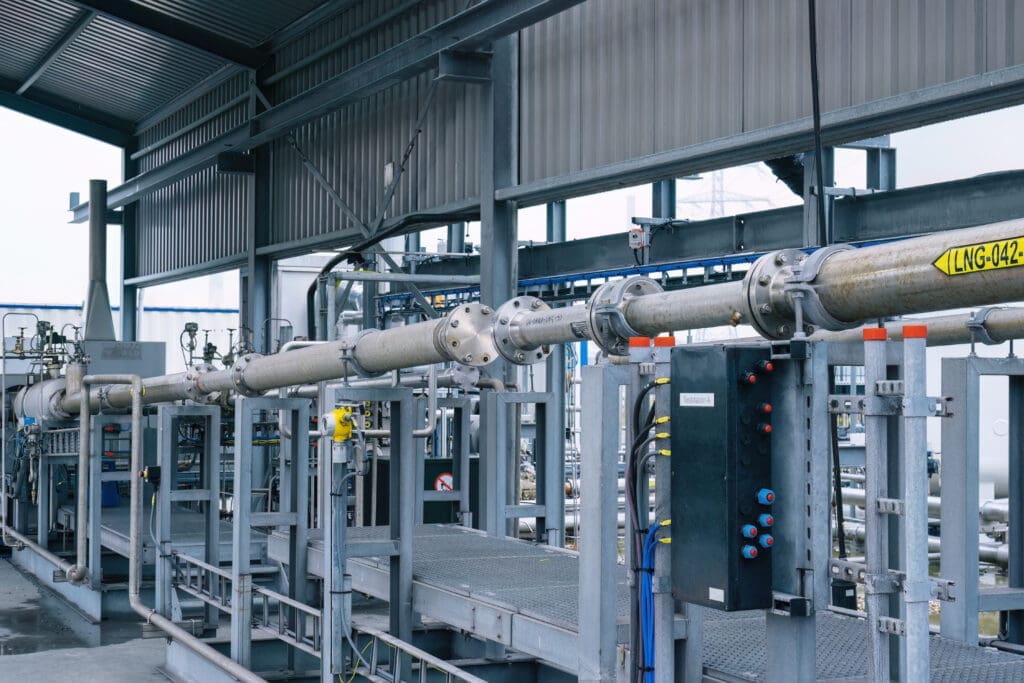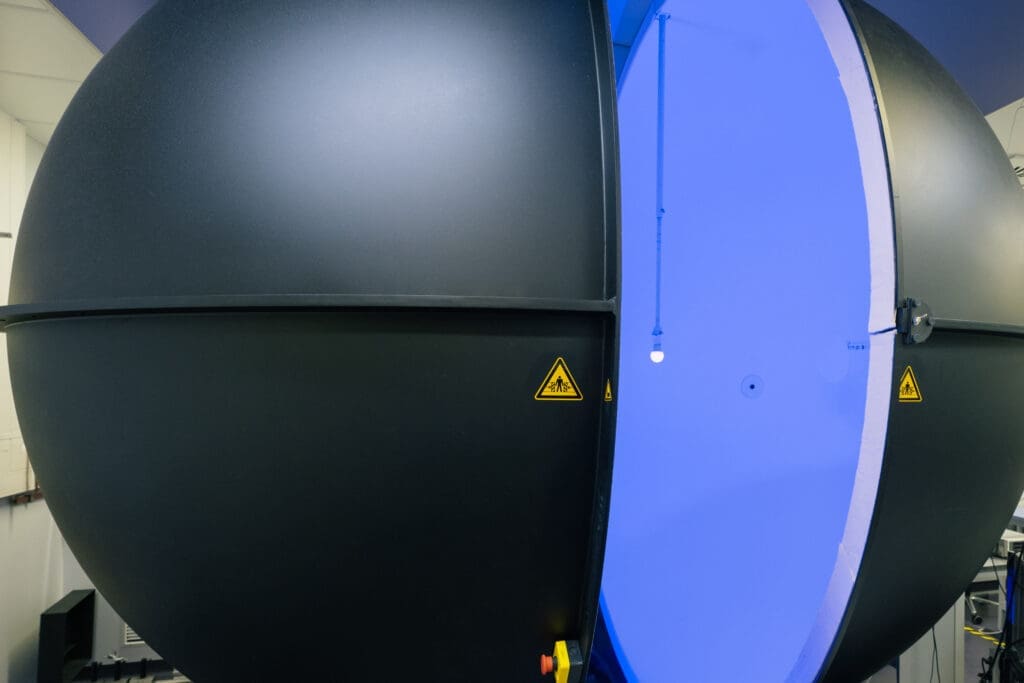Traceability for dosimetry in X-ray diagnostics (TraMeXI)
Projects
Traceability for dosimetry in X-ray diagnostics (TraMeXI)
X-ray diagnostics is an essential part of modern medicine, but it is also the largest contributor to exposure to artificial ionizing radiation in Europe. This project aims to make the quantification of radiation exposure of patients with calibrated dosimetry equipment more accurate
Currently, calibration procedures for dosimetry in X-ray diagnostics are based on international standards and protocols, but they do not take into account recent technical developments of X-ray diagnostic equipment. The project will critically assess existing calibration procedures and study the performance of various dosimeters and x-ray multimeters (XMMs) for calibration and clinical application. Based on the results, updated and traceable measurement and calibration procedures will be proposed for application in international standards and protocols
The main goals of the project are to propose new reference radiation qualities in combination with classification of different commercially available dosimeters and x-ray multimaters (XMMs) which will lead to harmonized calibration procedures for XMMs and to realize a traceability chain for relevant clinical parameters, e.g.: air kerma , practical peak voltage (PPV), current-time product (mAs), etc. An international comparison will be carried out for validation.
The project will eventually lead to improved requirements for dosimetry equipment, harmonized calibration procedures for XMMs and validated calibration services. The improved calibration services will improve the accuracy of dosimetry in X-ray diagnostics, ultimately leading to better registration and reduction of the dose exposed to patients. XMM manufacturers can better position their products on the international market.
Our role
Within the project, VSL contributes to research into new reference radiation calibers and calibration procedures of XMMs, including in clinical practice. In addition, VSL will play an important role in the final validation of the results and methods by setting up international comparisons, with the expertise it has in the organization of proficiency tests (PTs), as work package leader of WP4.
Start date: June 1, 2023
End date: May 31, 2026
Read more about this project here (website will follow).
“The project has received funding from the European Partnership on Metrology, co-financed by European Union Horizon Europe Research and Innovation Programme and from the Participating States.”

Would you like to know more about this subject?
Our experts are happy to help.
Leon de Prez
Scientist Ionizing Radiation
Projects
Our expertise in practice
Read more about our projects.
